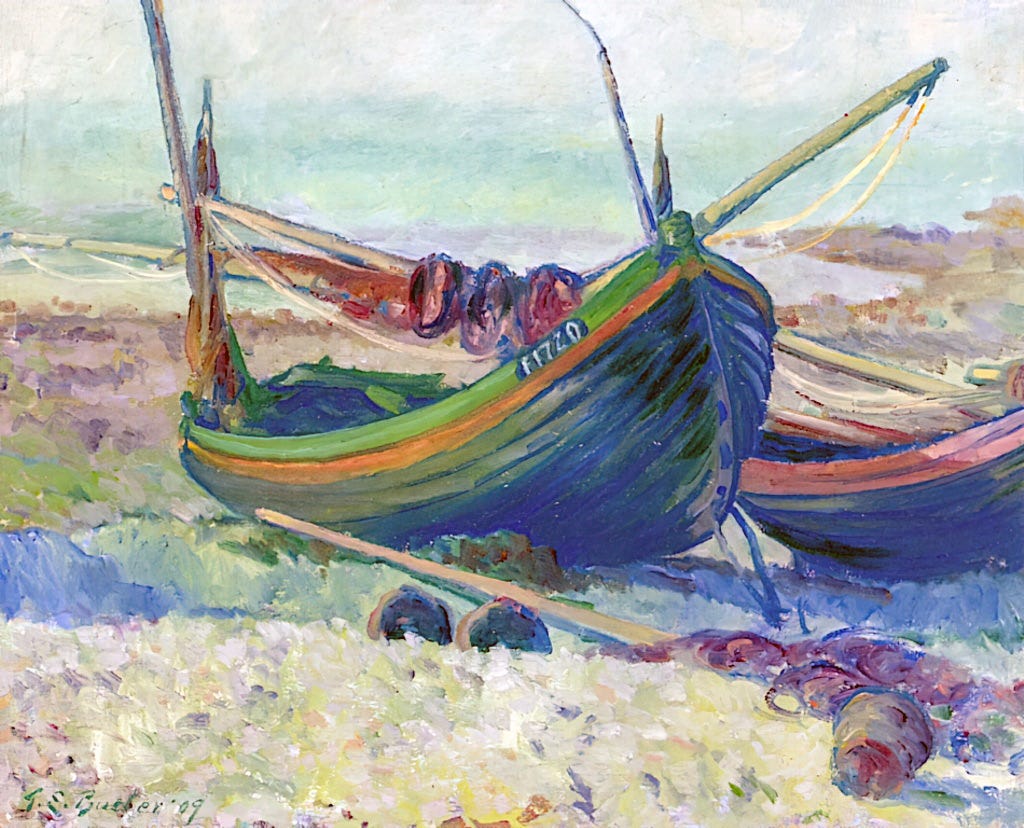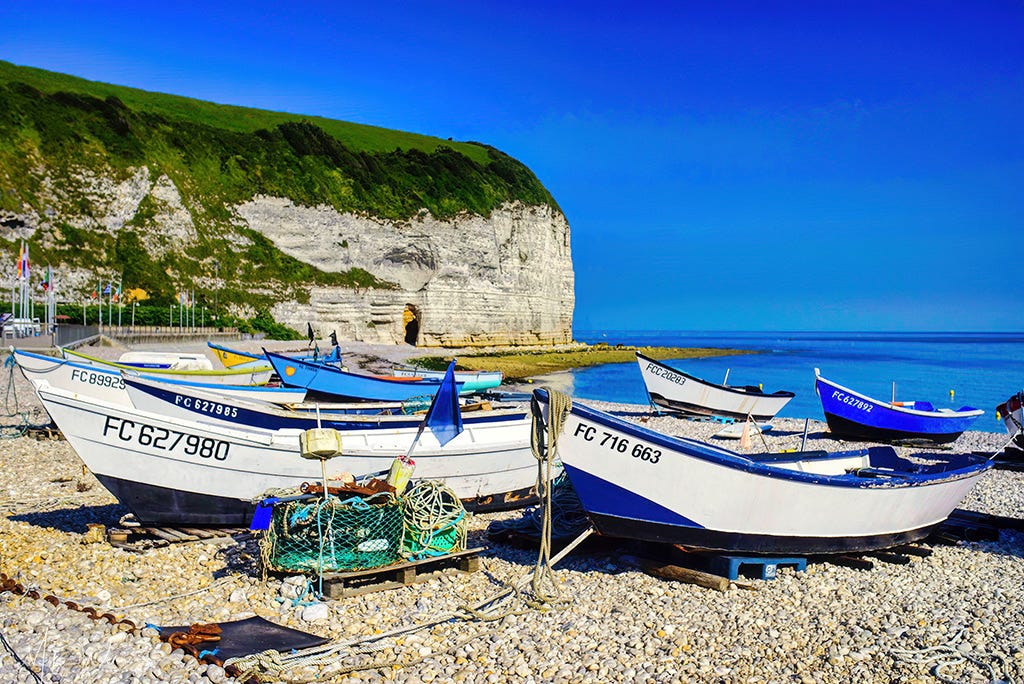Theodore Earl Butler's artistic journey is a fascinating blend of American roots and deep European influences, particularly those emerging from the French Impressionist movement. Born in Columbus, Ohio, on October 12, 1861, Butler initially pursued formal education at Marietta College and later the Art Students League in New York. His passion for art eventually led him to Paris in the 1880s, where he sought further training. Paris at the time was a thriving center for artistic innovation, and Butler took advantage of this by enrolling at the prestigious Académie Julian, where he was mentored by some of the leading figures in European art.
During his time in Paris, Butler became closely acquainted with the Impressionist painter Claude Monet. Their relationship evolved into a familial connection when Butler married Suzanne Hoschedé, who was the daughter of Alice Hoschedé and Monet's stepdaughter, in 1892. This marriage brought Butler into Monet's inner circle and gave him unprecedented access to the Impressionist master’s techniques and artistic environment. Giverny, where Monet lived and worked, became Butler’s own home and inspiration for much of his art. Living in such close proximity to Monet undoubtedly influenced Butler's use of color, light, and subject matter, but he managed to develop a distinctive voice within the Impressionist framework.
Butler’s early works were marked by a luminous palette, capturing the atmospheric effects of light on landscapes, particularly the verdant gardens and waterways of Giverny. He shared the Impressionist preoccupation with fleeting moments of natural beauty, and like Monet, he often painted the same scene multiple times to explore the varying effects of light throughout the day and seasons. His paintings reflect this sensitivity to nature, but Butler also had a more structured and vigorous brushstroke compared to Monet’s softer touch. His palette gradually became bolder, signaling an evolution from traditional Impressionist techniques toward a post-Impressionist approach.
Butler was also a prolific portraitist. His portraits were often intimate and domestic, featuring family members and friends. His depictions of his wife Suzanne, their children, and later Marthe, his second wife (Suzanne’s sister), show a deep affection and attention to detail. These works demonstrate his ability to combine personal subject matter with the broader Impressionist interest in capturing life as it unfolded.
Suzanne's death in 1899 was a significant emotional blow for Butler, and it marked a turning point in his life. A year later, he married Marthe Hoschedé, Suzanne’s younger sister, further solidifying his connection to Monet’s family. This second marriage didn’t diminish his creative output; in fact, Butler remained prolific, continuing to exhibit his works both in France and in the United States. He became part of the broader American expatriate community in France, connecting with other American artists who had settled in Europe.
Butler’s career spanned significant exhibitions, including his participation in the famed Salon des Indépendants, where avant-garde artists like Georges Seurat and Paul Signac also exhibited. His work was also showcased in the United States, helping to bring European Impressionist techniques to American audiences. This cross-pollination of styles was an essential part of Butler’s legacy. Though he lived much of his life in France, he remained committed to exhibiting in American galleries and fostering the relationship between American and European art movements.
By the 1920s, Butler’s work began to show influences from more modern artistic movements, such as Fauvism and Post-Impressionism. His colors became more vibrant, and his compositions bolder, reflecting the changing art scene around him. Despite these shifts, Butler maintained his core focus on natural beauty, family, and domestic life, which were constants throughout his career.
Theodore Earl Butler passed away in 1936, leaving behind a body of work that encapsulates the spirit of transatlantic artistic exchange. His paintings are housed in numerous collections, both in the United States and France, and his work continues to be appreciated for its unique blend of Impressionist sensibility and American individuality.
NOTE: To our knowledge, Butler did NOT paint in Fecamp, instead worked in its suburb, Yport.
Yport
Yport (population: 850), a small fishing village (with no harbour), lies close to Fecamp on the South-West alongside the coast. Today it’s a seaside resort village with a casino, restaurants and hotels.
TODAY: Yport never had, and still doesn’t have, a harbour. Instead, fishing boats are dragged on land.
This was the only painting we found that Butler made in the area of Fecamp, Normandy.






